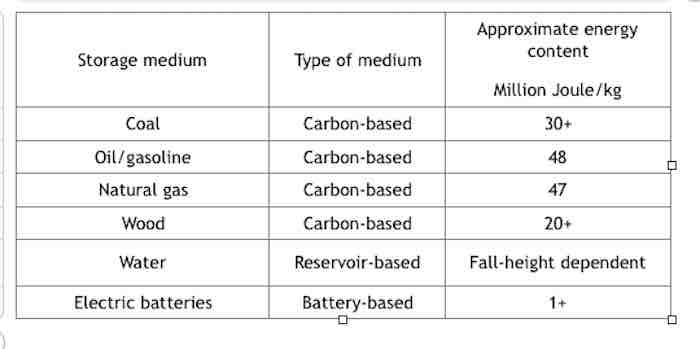None of the currently available battery types even comes close to the energy density of carbon-based energy media. That includes the newly touted "1-1-8" nickel-based and other solid state batteries
Bumblebee Drones

Next time you see a bumblebee close by, beware--it could be a "
living "drone." Sort of like in the picture nearby.
Bumblebee with attached electronic tracking device on a flower; source:
MACH.
At least that's what the
NBCnews Universal MACH website claims. According to an article by
Barbara Booth, "Engineers at the University of Washington announced they have come up with a power source both strong and light enough to keep their "drone" in flight for a continuous stretch of about seven hours." It comes hard on the heels of the miniature drone
called RoboFly, an entirely manmade flying machine, designed by the same group.
You may ask who wins that race to "dronemanship?"
Nature's Superiority
The bumblebee drone version demonstrates nature's superiority. In contrast to the robotic fly that needs to carry a battery, the bumblebee can fly for hours as well as garnering more energy "on-the fly" and remembers where it has recently been. Just watch a plot of flowering blue-berry plants in spring and observe the bumblebee(s) as they get nectar from each flower and pollinate it in return. Though it may be difficult to observe, you'll rarely see a specific bee visit the same flower twice in short order.
Of course, the bees are currently in hiding, trying to survive a long and harsh winter that's yet to come. Like other hibernating organisms in both the plant and animal kingdoms, they survive by hibernation. That involves slowing down their activity and metabolism to a near standstill. This way they can survive on energy reserves built up during the warmer times of the year, when food was plentiful.
Hibernation is NOT an Option
For us humans, hibernation is not an option. Our heartbeat and metabolism cannot be regulated in such a fashion. That means that we need to consume food and keep warm, regardless of the weather. When a blizzard is raging outside, keeping the body warm is critical to our survival and that requires external energy. That's why we build houses with thermal insulation and heating systems. Heating means consuming energy resources like wood, coal, oil, natural gas, or electric energy. While the first mentioned four energy carriers can be stored more or less indefinitely, any electric storage is extremely limited and very costly to boot. Let's look at these alternatives more closely.
Energy Storage Alternatives
The following table provides an overview of the energy density of current energy storage alternatives, rough values.

Just a cursory look at the table nearby will tell you "where the energy" truly is. No energy storage medium comes even close to the energy density (stored energy units per weight unit) of carbon and hydrocarbon fuels, the latter being higher than pure carbon (coal) due to the additional energy in the (bound) hydrogen part of hydrocarbon material (oil, gasoline or natural gas). Of course, hard coal (anthracite) has a higher energy content than less dense brown coal (lignite). Still, any kind of coal exceeds any battery energy storage density by a large margin.
None of the currently available battery types even comes close to the
energy density of carbon-based energy media. That includes the newly touted "1-1-8" nickel-based and other solid state batteries. That invites the question:
Aren't the touted electric vehicles going to get around that battery limitation?
NO!
Neither currently nor in the foreseeable future!
Dr. Klaus L.E. Kaiser -- Bio and
Archives |
Comments
Dr. Klaus L.E. Kaiser is author of CONVENIENT MYTHS, the green revolution – perceptions, politics, and facts Convenient Myths

 Next time you see a bumblebee close by, beware--it could be a "living "drone." Sort of like in the picture nearby.
Bumblebee with attached electronic tracking device on a flower; source: MACH.
Next time you see a bumblebee close by, beware--it could be a "living "drone." Sort of like in the picture nearby.
Bumblebee with attached electronic tracking device on a flower; source: MACH.